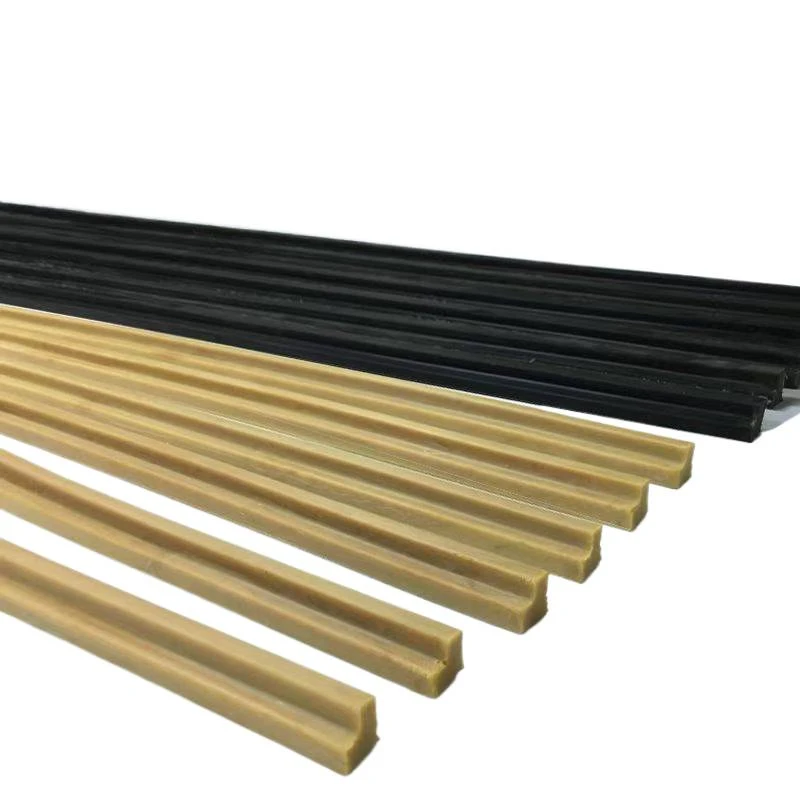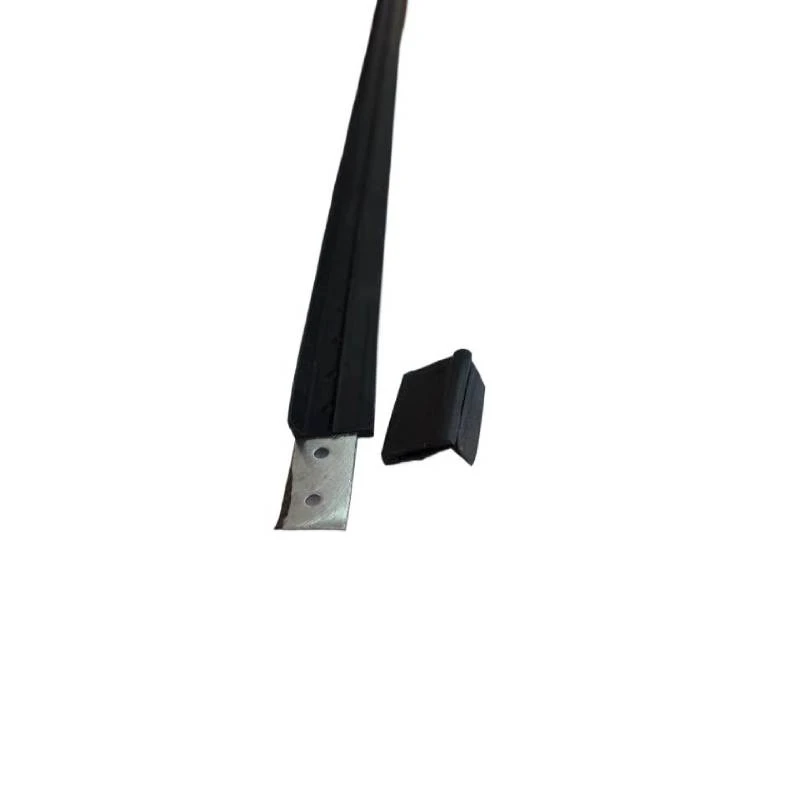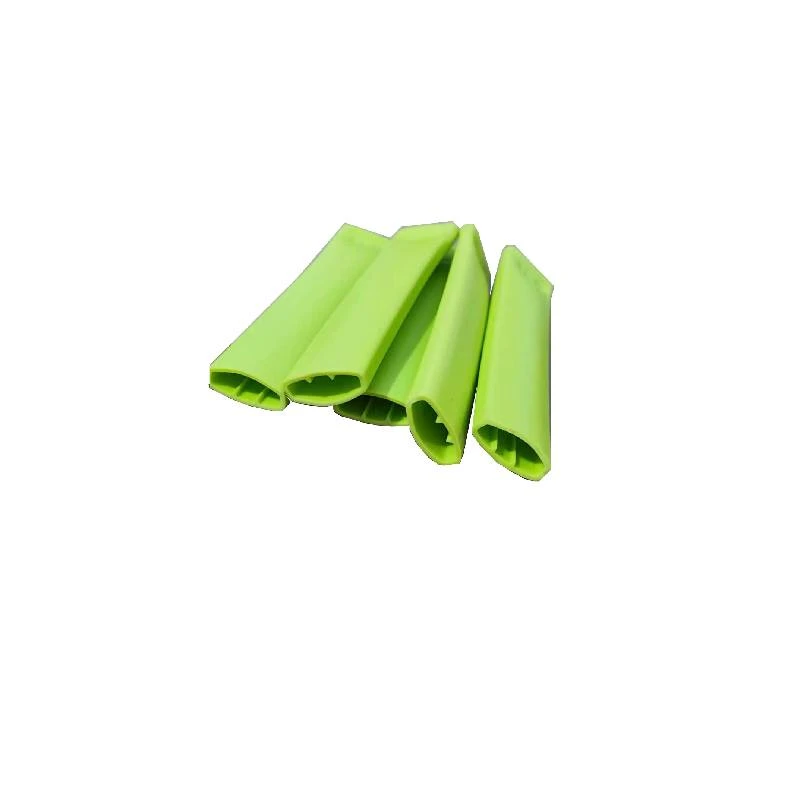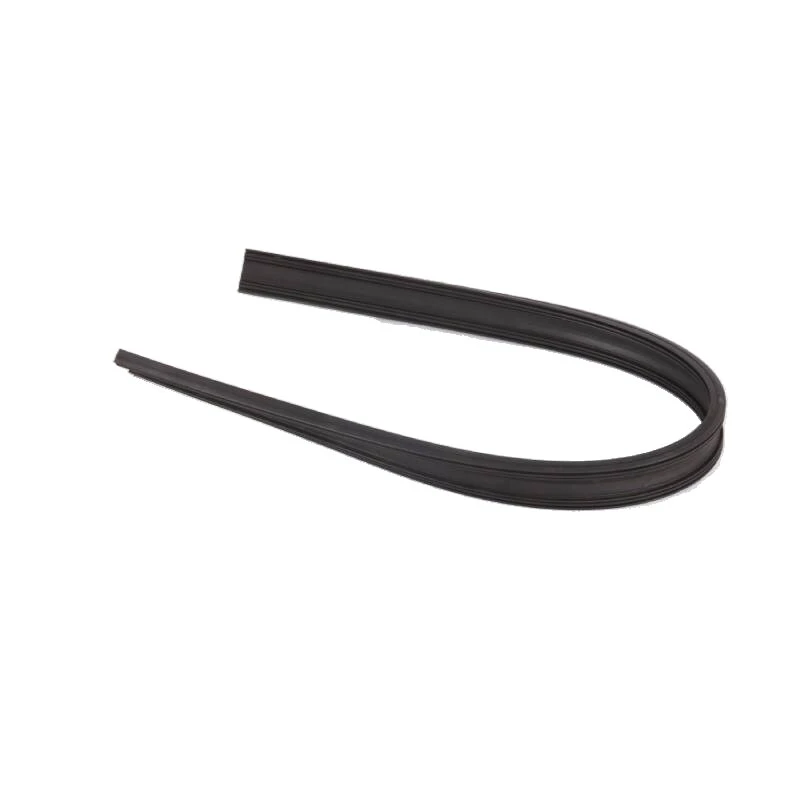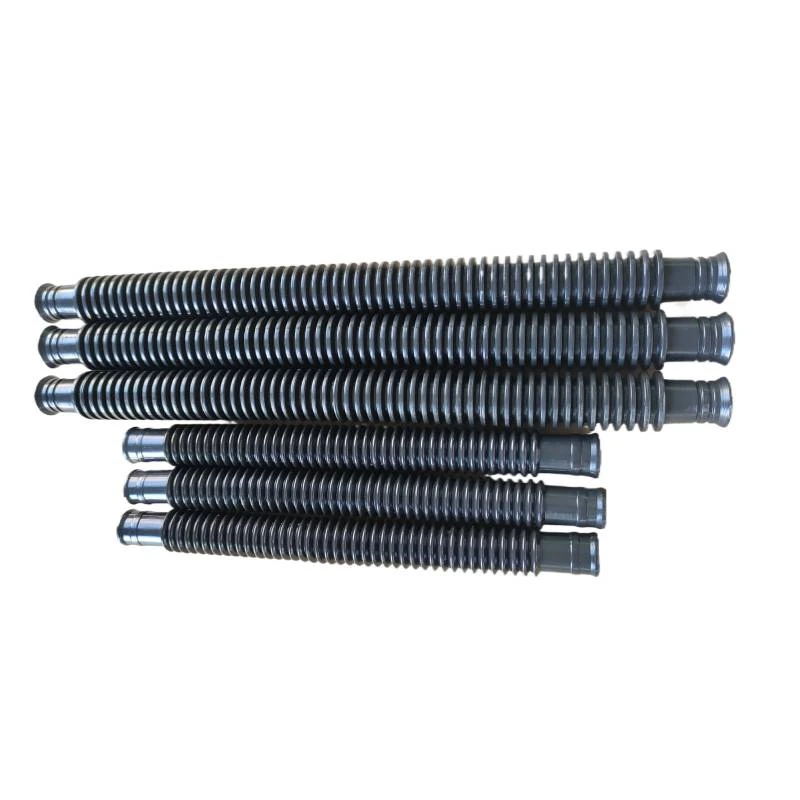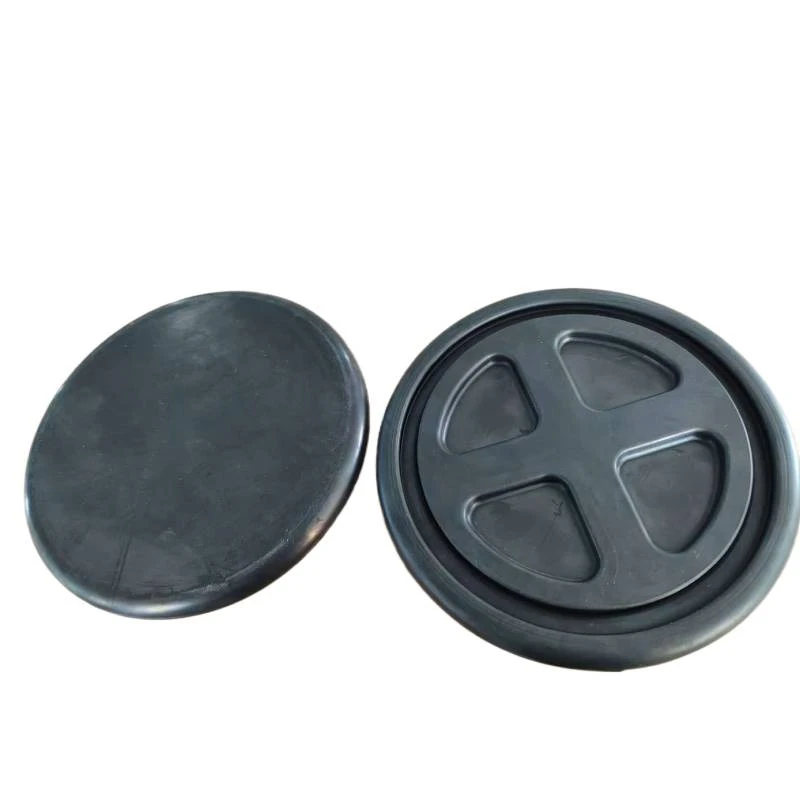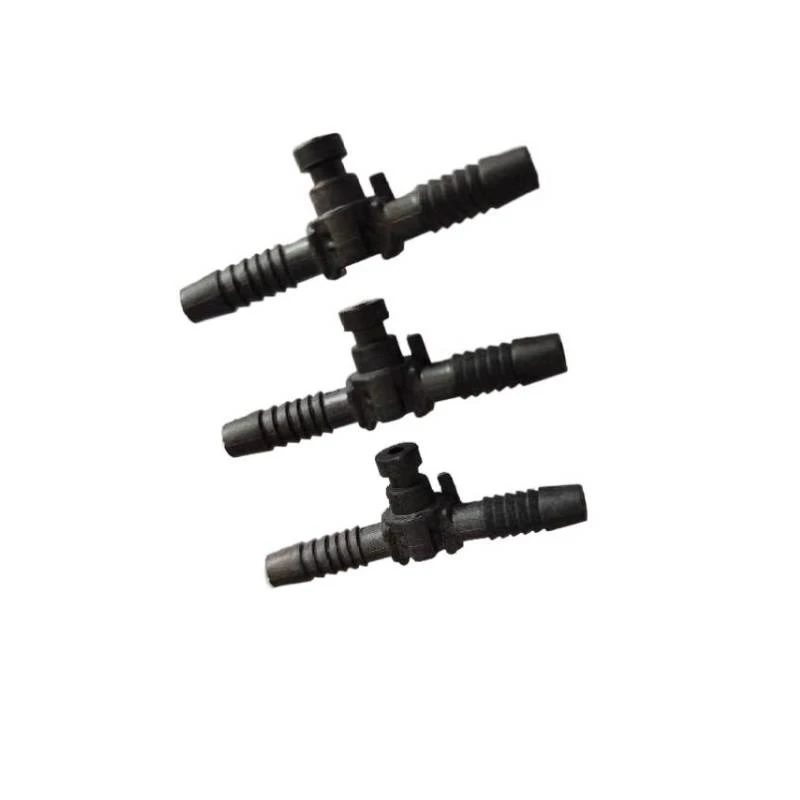
- Afrikaans
- Albanian
- Amharic
- Arabic
- Armenian
- Azerbaijani
- Basque
- Belarusian
- Bengali
- Bosnian
- Bulgarian
- Catalan
- Cebuano
- chinese_simplified
- chinese_traditional
- Corsican
- Croatian
- Czech
- Danish
- Dutch
- English
- Esperanto
- Estonian
- Finnish
- French
- Frisian
- Galician
- Georgian
- German
- Greek
- Gujarati
- haitian_creole
- hausa
- hawaiian
- Hebrew
- Hindi
- Miao
- Hungarian
- Icelandic
- igbo
- Indonesian
- irish
- Italian
- Japanese
- Javanese
- Kannada
- kazakh
- Khmer
- Rwandese
- Korean
- Kurdish
- Kyrgyz
- Lao
- Latin
- Latvian
- Lithuanian
- Luxembourgish
- Macedonian
- Malgashi
- Malay
- Malayalam
- Maltese
- Maori
- Marathi
- Mongolian
- Myanmar
- Nepali
- Norwegian
- Norwegian
- Occitan
- Pashto
- Persian
- Polish
- Portuguese
- Punjabi
- Romanian
- Russian
- Samoan
- scottish-gaelic
- Serbian
- Sesotho
- Shona
- Sindhi
- Sinhala
- Slovak
- Slovenian
- Somali
- Spanish
- Sundanese
- Swahili
- Swedish
- Tagalog
- Tajik
- Tamil
- Tatar
- Telugu
- Thai
- Turkish
- Turkmen
- Ukrainian
- Urdu
- Uighur
- Uzbek
- Vietnamese
- Welsh
- Bantu
- Yiddish
- Yoruba
- Zulu
Durable Small Rubber Sleeves for Protection & Industrial Use
In today's fast-evolving industrial landscape, the demand for reliable, durable, and technically advanced protective rubber components has grown exponentially. Among these, small rubber sleeves—which encompass protective rubber sleeves, forklift rubber sleeves, and specific solutions like the 3 rubber cap—are at the forefront of innovation. This comprehensive guide delves into product overview, leading industry applications, trending parameters, and the advanced engineering delivered by GaoBeiDianShi Fengye Rubber Seals Co.,Ltd. (official website). We'll also explore technical trends with data visualization, professional FAQ, and referenced expertise for maximum reliability and industry authority.
About Our Company
GaoBeiDianShi Fengye Rubber Seals Co.,Ltd. stands as a pillar in the rubber sealing and protection industry, constantly driving innovation and technical excellence.Website: https://www.fygasket.com
Phone: 0312-2911666
Email: rubber@hbfengye.com
Address: No. 228 North Street, Gaobeidian City, Hebei Province
Product Introduction — Oil Seal
In the world of industrial applications, reliability and performance are paramount. Meet our cutting-edge Skeleton Oil Seal, engineered to withstand the toughest conditions while ensuring optimal functionality. This innovative product is designed with a unique combination of features that make it the ideal choice for a wide range of applications. Small rubber sleeves and oil seals, while functionally distinct, share overlapping application environments—especially in systems demanding both sealing and external protection.
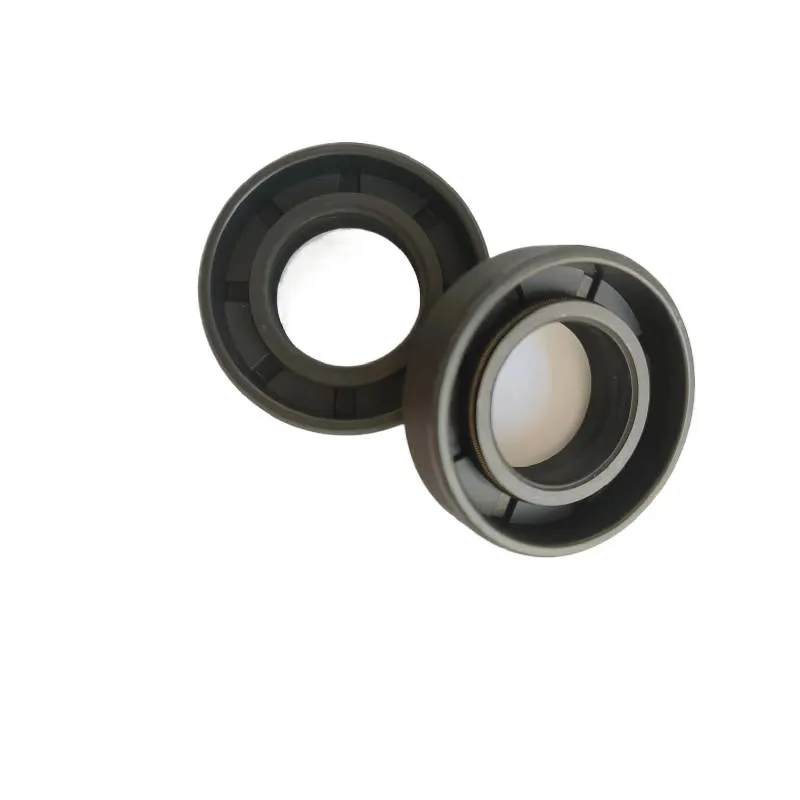

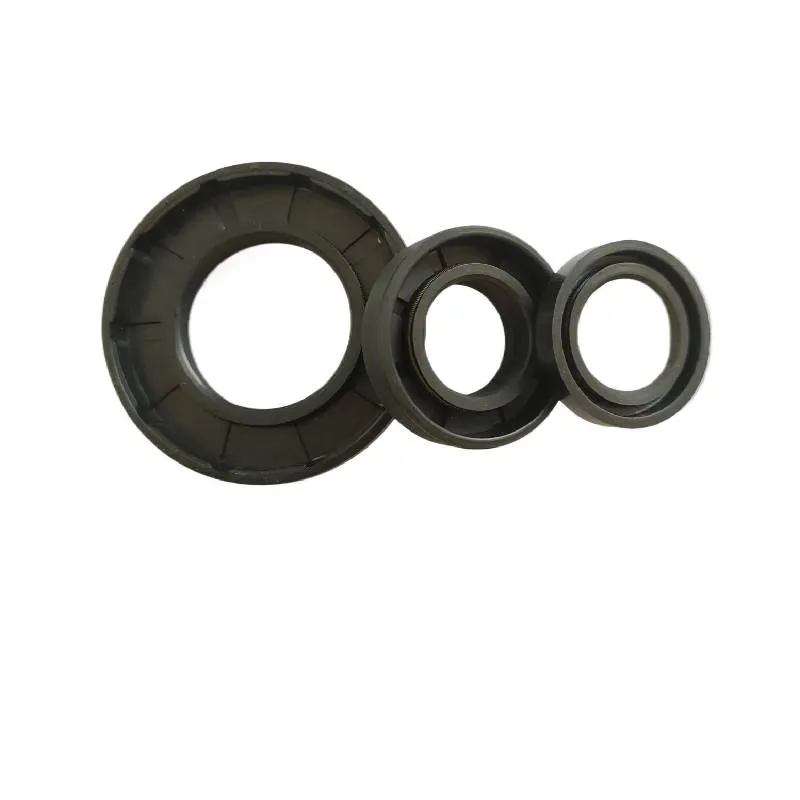
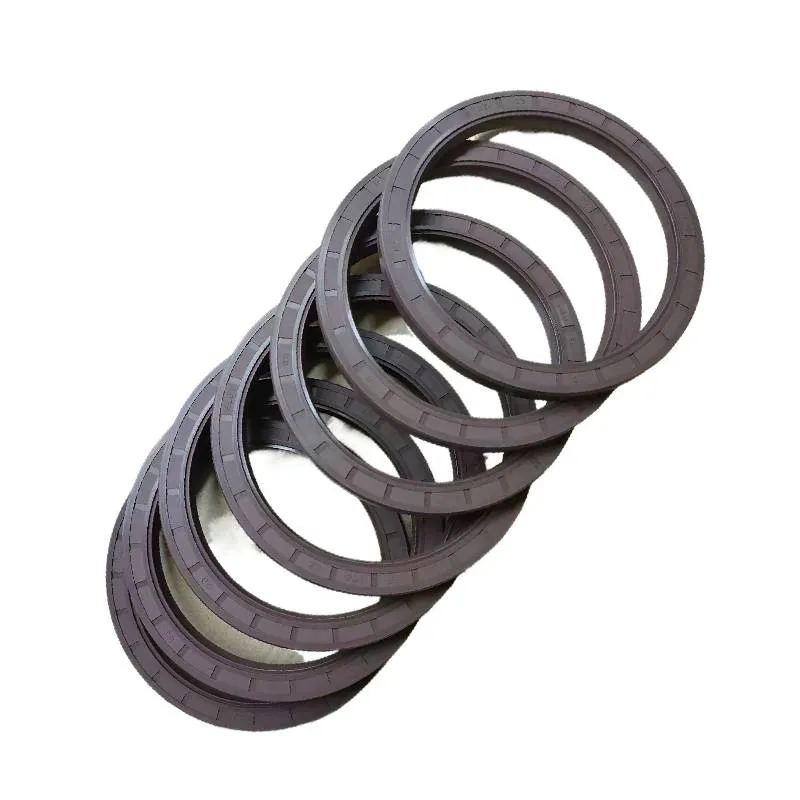
Understanding Small Rubber Sleeves in the Industrial Context
Small rubber sleeves function as essential protection and insulation units across various sectors such as automotive, electronics, heavy machinery, and logistics. Their core mission is to prolong equipment lifespan, safeguard operators, and ensure regulatory compliance for safety and environmental standards.
Industry Trends & Application Scenarios
- Automotive Systems: Flexibly shield wiring, brake cables, and sensor interfaces.
- Material Handling Equipment: Especially for forklift rubber sleeves—protecting hydraulic, pneumatic, and control lines.
- Factory Automation: Insulating sensor heads, robotic joints, and precision actuators.
- Medical Devices: Small rubber sleeves safeguard tubing junctions and minimize contamination risk.
- Electrical Assemblies: Deploying protective rubber sleeves around cabling to prevent short circuits and wear.
- Sealing and Maintenance: Used with oil seals to provide secondary protection at dynamic junctions.
Main Parameters of Small Rubber Sleeves (Market Search Compilation)
| Parameter | Typical Value / Range | Industry Application | Notes |
|---|---|---|---|
| Internal Diameter (ID) | 1.5mm – 60mm | Wire, shaft, tubing sealing | Customized per project |
| Wall Thickness | 0.5mm – 5mm | Insulation, wear resistance | Critical for protection level |
| Material | EPDM, NBR, Silicone, FKM | Automotive, industrial, food | Material impacts temperature/chemical resistance |
| Color | Black, red, transparent | Color codes for application/specification | Custom color for identification |
| Operating Temperature | -40°C to +200°C | Machinery, electronics, automotive | According to material type |
| Hardness (Shore A) | 35–90 | Varied by moving/static role | Directly relates to deformation and seal |
| Certification | RoHS, REACH, FDA (optional) | International export / food safety | Compliance for global market |
The adoption of small rubber sleeves is influenced by these evolving industry parameters. Matching the right parameter profile ensures system longevity and operational cost-effectiveness (EngineeringToolBox).
Application & Engineering Analysis
The engineering of small rubber sleeves, as well as protective rubber sleeves and forklift rubber sleeves, addresses varied industrial technical challenges:
- Puncture & Abrasion Resistance: For environments with frequent movement, sleeves protect against physical damage and static discharges.
- Chemical and Oil Resistance: Chemical plants, and especially forklift/warehouse operations, demand high-grade sleeves able to resist hydrocarbons and industrial chemicals.
- Precise Tolerance Levels: Machined to fit exact shaft or wire dimensions for optimal sealing or insulation efficiency.
- Flexible Integration: Designed to interface with oil seals, gaskets, and molded stoppers, providing both primary and secondary seals.
- Temperature & UV Stability: Outdoor and exposed settings leverage EPDM or FKM to ensure material longevity.
- Easy Installation: Sleeve geometry (straight, flared, stepped) is chosen for swift serviceability.
Modern small rubber sleeves offer specialty attributes—electrical conductivity, flame retardancy, antibacterial surfaces—as per prevailing EEAT best practices (ScienceDirect: Rubber Materials Review).
Professional FAQ — Key Technical Terminologies
Technical FAQ on Small Rubber Sleeves and Oil Seals
- Q1: What are the main materials used for small rubber sleeves?
- A: The most common materials are EPDM, NBR (nitrile rubber), silicone, and FKM (Viton) due to their respective strengths in weathering resistance, oil resistance, and temperature tolerance.
- Q2: What sizes and specification ranges are available?
- A: Internal diameters from 1.5mm to 60mm, wall thickness from 0.5mm to 5mm, and customizable lengths. Bespoke geometry is available for special applications such as the 3 rubber cap.
- Q3: What is the recommended hardness (Shore A) for industrial small rubber sleeves?
- A: Typically 60 to 80 Shore A for most industrial use—providing a balance of flexibility and abrasion resistance. Special requirements can go up to 90 Shore A for static sleeves.
- Q4: What are the international standards governing sleeve performance?
- A: RoHS, REACH, and in some cases FDA or UL certifications. Many OEMs specify SAE and DIN standards for dimensional accuracy and durability.
- Q5: How are protective rubber sleeves installed?
- A: Generally via press-fit, with optional adhesive, clamps, or grooves. For high-pressure oil environments, additional mechanical retention may be needed.
- Q6: What are the main technical performance indicators for oil seals?
- A: Resistance to maximum temperatures (up to 250°C in advanced designs), chemical stability, dynamic and static sealing ability, pressure rating, and longevity (service life often 5–8 years).
- Q7: How do forklift rubber sleeves differ from regular sleeves?
- A: Forklift rubber sleeves are engineered with thicker walls and higher tear strength to withstand shocks, hydraulic oil exposure, and heavy cyclic loads, crucial for warehouse automation and logistics.
EEAT Optimization & Professional References
To meet and exceed EEAT (Expertise, Authoritativeness, Trustworthiness) benchmarks, GaoBeiDianShi Fengye Rubber Seals Co.,Ltd. maintains rigorous R&D pipelines, invests in international certifications, and provides open access to technical data. Consultations with specialists and continuous feedback loops from OEMs and industry users enhance product reliability and real-world efficacy.
- Specialized Manufacturing: Automated molding, in-house material blending, and fast prototype iterations.
- Peer-Reviewed Performance: Data-validated via independent labs, aligning with references such as Sealing.net Forum and Wear Journal.
- Long-Term Support: Custom engineering and lifecycle consultation are standard for every batch.
Contact GaoBeiDianShi Fengye Rubber Seals Co.,Ltd. for Small Rubber Sleeves, Oil Seal & More:
Website: https://www.fygasket.comPhone: 0312-2911666
Email: rubber@hbfengye.com
Mobile: 0312-2911666
Address: No. 228 North Street, Gaobeidian City, Hebei Province.
Explore our small rubber sleeves and advanced oil seal solutions!
Cited Industry Forums and Academic References
- EngineeringToolBox, Properties of Elastomers
- ScienceDirect, Rubber Materials Review
- Sealing.net, Industry Forum - Global Sealing Communities
- Wear Journal, Elsevier, https://www.sciencedirect.com/journal/wear
-
Types of PVC Pipe Fittings for Water Supply Elbows Tees and CrossesNewsJul.18,2025
-
Stainless Steel Metal Washer Types: Corrosion Resistance RatingsNewsJul.18,2025
-
Rubber Parts Manufacturers Vulcanization Process OptimizationNewsJul.18,2025
-
Plastic Part Injection Molding Cycle Time OptimizationNewsJul.18,2025
-
Metal Parts Manufacturer Custom CNC Machining for Precision FittingsNewsJul.18,2025
-
Custom Aluminum Parts Design Considerations for Heat DissipationNewsJul.18,2025
-
Key Features of High - Quality Rubber BushNewsJul.04,2025



